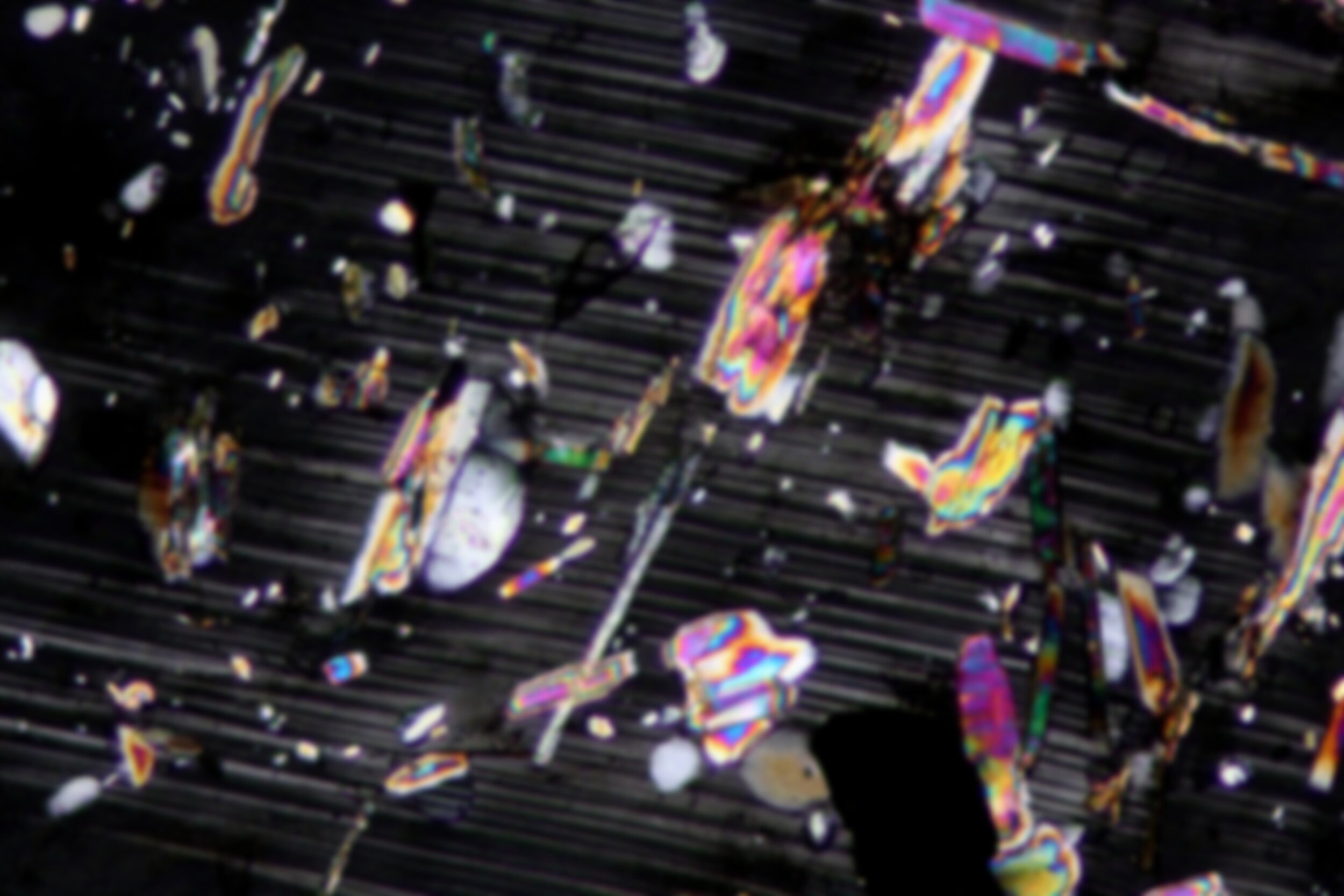
Teaching Resources
Online Petrology Textbook
Login credentials | username: jbrady-guest pwd: ReadMyT3xt
This online textbook is designed by John Brady, Professor Emeritus at Smith College, MA. The textbook contains interactive and engaging chapters to teach igneous and metamorphic petrology, and unlimited avenues for petrology students to explore the multi-dimensional aspects of learning how crystalline rocks form.
Highlights
A wide variety of animated and interactive diagrams (some of which I participated in creating) are fantastic resources for teaching petrology principles! Other highlights include the Rock Library, for which I collected SEM-EDS maps and microscope images, and Teaching Activities centered around a given field location (e.g Dutchess County, NY Barrovian sequence).
The Rock Library
The rock library contains contains igneous and metamorphic rock samples from the Smith College collection. Each sample has overlapping layers which include:
PPL & XPL images of the whole thin section;
SEM-BSE grayscale image;
Phase (mineral) maps - clickable to explore the identity, measured major-element composition, EDS spectra and mode (volume %) of minerals in the rock;
EDS element maps (O, Si, Al, Mg, Fe, Ti, Mn, K, Ca, P) for qualitative distribution of oxides.
Bonus: An image-compare option lets student pick two types of images to look at side by side, easily switching between the two!
Igneous & Metamorphic Activities
Designed to engage students with different types of information at all scales- from rock outcrop photos to thin section images, and diagrams to make sense of the rocks to understand a larger scale process they can tell us about and ways that the Earth works. Designed to be fun and engaging, puzzle-like, really engage the ‘geo-detective’ in each student!
Step 1: identifying parts of the microscope! Even though student did not interact with a microscope, knowing what each part is called and what it does was an essential part of being able to understand how the virtual version worked and how we can use it to identify and learn about minerals in the rocks. Each virtual lab was paired with a low-stakes ‘fun’ quiz to engage students with the material and give them an introduction to the lab material.
ThingLink “Virtual Microscope”
Teaching Petrology labs at UMN during a pandemic prompted some creative thinking - how so I create weekly hand-on and engaging activities in a familiar format? To reproduce as best I could the experience of operating a microscope for students, I created ‘Virtual Microscope’ modules with which students can interact. For each sample, I collected a zoomed out plane light image, on which I tagged 2x, 4x, 10x and 20x magnification images and stage rotation videos to showcase the optical properties of each mineral in the rock. On the videos, students can drag the video slider to ‘control’ the stage rotation. These ‘virtual microscopy’ samples are accessible below for anyone to use:
PPL/XPL images + 360º stage rotation videos, variable magnifications, high-magnification images at 2x mag unless otherwise noted):







































































